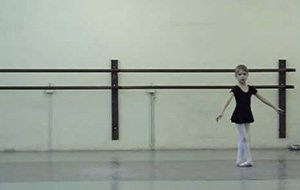 As children, parents and carers spend lots of time and money committing to dance lessons, even when they take joy from watching rather than doing. Taking children to dancing lessons requires energy and time, not to mention additional funds for competitions, costumes and extra performances. For a child, it is not until later that they see dance lessons in the same way, as an investment. Only then do they see that time, money and energy go to waste when they do not make the most of their dance lessons.
As children, parents and carers spend lots of time and money committing to dance lessons, even when they take joy from watching rather than doing. Taking children to dancing lessons requires energy and time, not to mention additional funds for competitions, costumes and extra performances. For a child, it is not until later that they see dance lessons in the same way, as an investment. Only then do they see that time, money and energy go to waste when they do not make the most of their dance lessons.
It is understandable that every dancer experiences a rut in their training, where they may not want to attend classes or feel they are not improving at the rate they should be. Despite this, it is not the dancers that stretch the most, sweat more or practice at home at all hours that necessarily get the most out of their dance classes either. The correct mental attitude is hugely important in dance training, to understand the purpose of dance for yourself and how to experience it in the best possible way.
When dancers become older, their adult freedom equates to a similar responsibility for themselves, be it getting themselves to classes, paying for their own training or beginning to assist with the teaching at the local dance studio. With these aspects comes heightened responsibility, for learning, fuelling and directing your dancing. It goes without saying that dancers must therefore arrive early and prepared for class, being focused and dedicated to the class, taking and applying corrections that are given to the class and spending time on the parts that need the most improvement, even if that means going back to basics.
Making mistakes is a large part of dance training; it will mean you will discover something new about the dancing body, through listening, watching, or error, even if this feels uncomfortable. Don’t forget to enjoy the process and thank your teachers for giving you the tools to better yourself and work hard in each class you take.

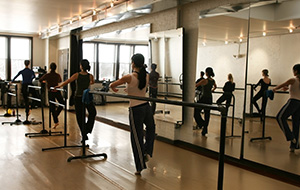 There are many dance-inspired fitness methods on the market today, from fitness trainers who used to be dancers to those who use dance as a means to remaining happy and healthy, whilst not having a dance background. Aerobics and Zumba classes still have their place, but these are now two of many different options for class participants. Workouts of these kind offer a combination of dance, fitness and wellbeing, and there is truly something to suit everyone, be it at sports centres or the local dance studio.
There are many dance-inspired fitness methods on the market today, from fitness trainers who used to be dancers to those who use dance as a means to remaining happy and healthy, whilst not having a dance background. Aerobics and Zumba classes still have their place, but these are now two of many different options for class participants. Workouts of these kind offer a combination of dance, fitness and wellbeing, and there is truly something to suit everyone, be it at sports centres or the local dance studio. A dancer of any calibre can face pressures in the dance studio, from themselves, their peers and even their dance teachers. Pressures can take hold in many forms, such as healing after injuries, aspiring to create the ‘ideal’ dancing body shape and changes in the behaviour of dance teachers. Each has an effect on both your dancing and performance, hindering the creation and maintenance of a healthy mind and body, which is paramount to excelling in and enjoying dance.
A dancer of any calibre can face pressures in the dance studio, from themselves, their peers and even their dance teachers. Pressures can take hold in many forms, such as healing after injuries, aspiring to create the ‘ideal’ dancing body shape and changes in the behaviour of dance teachers. Each has an effect on both your dancing and performance, hindering the creation and maintenance of a healthy mind and body, which is paramount to excelling in and enjoying dance.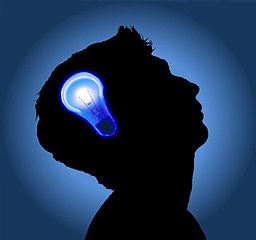 Despite a lifelong dream of performing on stage night after night, the hard reality for dancers is you may not fulfil this. This can be for a number of reasons, whether you are injured or are simply feel drawn to another lifestyle. After maintaining these dreams, and even a stint of performing, there are a number of potential options you may wish to pursue. Dancers are resourceful and disciplined, having gained a number of relevant and useful skills during training and performing.
Despite a lifelong dream of performing on stage night after night, the hard reality for dancers is you may not fulfil this. This can be for a number of reasons, whether you are injured or are simply feel drawn to another lifestyle. After maintaining these dreams, and even a stint of performing, there are a number of potential options you may wish to pursue. Dancers are resourceful and disciplined, having gained a number of relevant and useful skills during training and performing.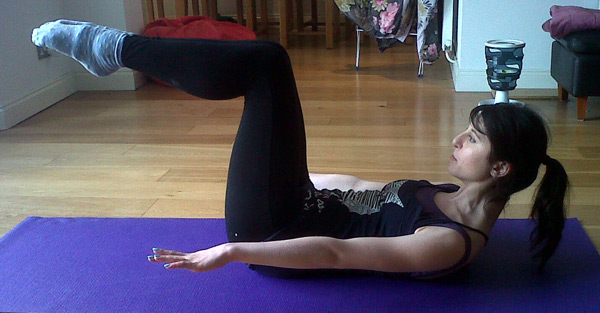 Dancers cannot just be fit to dance. Dance fitness in itself is not as wholesome as if the body undertook a wide range of physical activities to maintain fitness as a whole, whilst complementing that obtained through dance.
Dancers cannot just be fit to dance. Dance fitness in itself is not as wholesome as if the body undertook a wide range of physical activities to maintain fitness as a whole, whilst complementing that obtained through dance.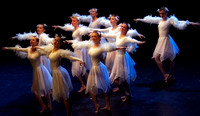 We are all aware of how good dance is for us. As a non-verbal method of communication utilising the body’s movements, often to music, there are many dance styles practised around the world. Originally these would have represented different ways of life, different cultures, ethnicities, belief systems, social structures, and traditions, but today it seems all dance styles are danced everywhere! It is arguable too that the individual and communal benefits of dance go far deeper than the common perception of dancing just for fun.
We are all aware of how good dance is for us. As a non-verbal method of communication utilising the body’s movements, often to music, there are many dance styles practised around the world. Originally these would have represented different ways of life, different cultures, ethnicities, belief systems, social structures, and traditions, but today it seems all dance styles are danced everywhere! It is arguable too that the individual and communal benefits of dance go far deeper than the common perception of dancing just for fun.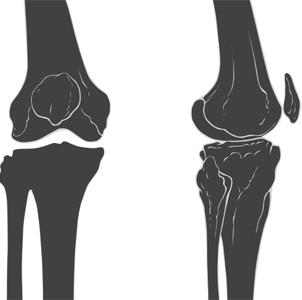 Do your knees hurt when you land from a jump, go downstairs, do grands pliés, or sit with them bent for long periods of time? “Jumper’s knee” could be the problem, a strain of the patellar tendon that runs from the lower kneecap to the upper shin. It is common in male ballet dancers and basketball players, who also jump a lot.
Do your knees hurt when you land from a jump, go downstairs, do grands pliés, or sit with them bent for long periods of time? “Jumper’s knee” could be the problem, a strain of the patellar tendon that runs from the lower kneecap to the upper shin. It is common in male ballet dancers and basketball players, who also jump a lot. The key principles of alignment will help to prevent dancers from getting injured; during ballet classes you may hear, “knees over toes”, “turn out from the hip” and “don’t curl your toes up” but the principles are the same for any dance discipline. Keeping your legs strong and aligned properly means you are using them correctly and have less chance of injury.
The key principles of alignment will help to prevent dancers from getting injured; during ballet classes you may hear, “knees over toes”, “turn out from the hip” and “don’t curl your toes up” but the principles are the same for any dance discipline. Keeping your legs strong and aligned properly means you are using them correctly and have less chance of injury.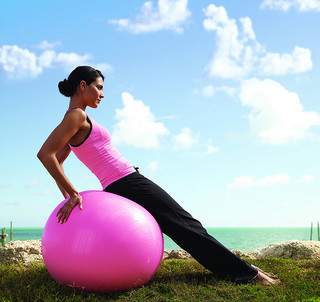 In maintaining your health as a dancer it is important to consider all of the aspects of health which are equally as important as each other. For example nutrition through food and drink is used for the body’s every function, from muscle contraction to nerve impulses, with many nutrients taking on more than one job in the body. For instance, calcium is well known for being a hugely important part of bone health but is also critical for creating an electric impulse that travels down a nerve, and for allowing a muscle to relax after contracting.
In maintaining your health as a dancer it is important to consider all of the aspects of health which are equally as important as each other. For example nutrition through food and drink is used for the body’s every function, from muscle contraction to nerve impulses, with many nutrients taking on more than one job in the body. For instance, calcium is well known for being a hugely important part of bone health but is also critical for creating an electric impulse that travels down a nerve, and for allowing a muscle to relax after contracting.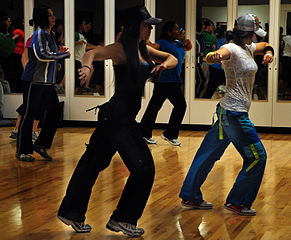 Regardless of your favourite dance discipline, it is important to maintain your practice in other dance forms to both complement and balance your training. Whilst one discipline may be concentrated on, it is beneficial both physically and mentally to take part in other dance forms other than your main interest.
Regardless of your favourite dance discipline, it is important to maintain your practice in other dance forms to both complement and balance your training. Whilst one discipline may be concentrated on, it is beneficial both physically and mentally to take part in other dance forms other than your main interest.